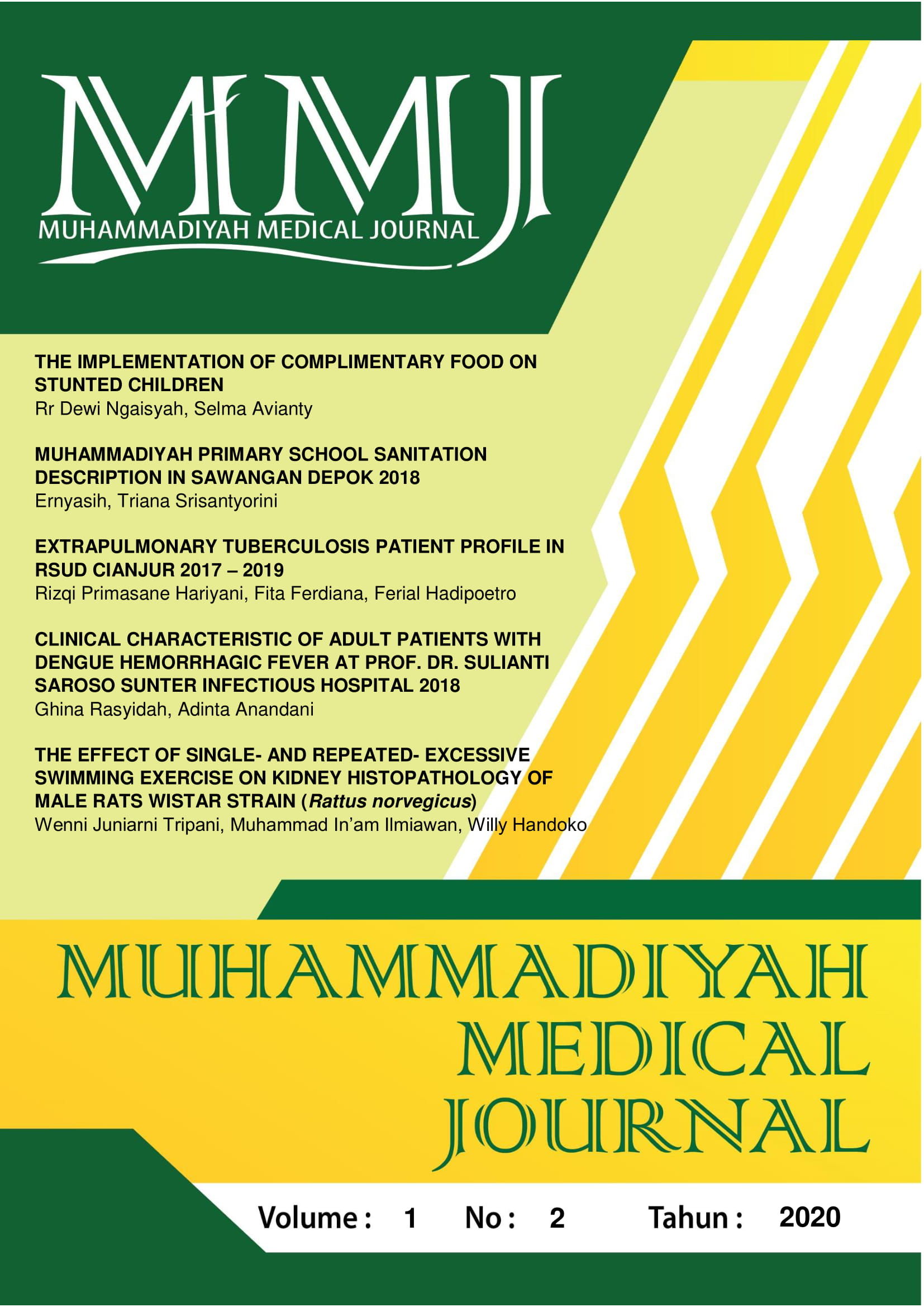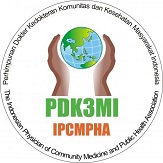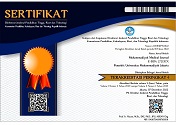Potential of Sweet Basil (Ocimum basilicum) as a Hepatoprotector Agent for Liver Injury Related to Drugs
DOI:
https://doi.org/10.24853/mmj.1.2.63-68Keywords:
ocimum basilicum, hepatoprotector, herbs, antioxidantAbstract
The use of drugs is one of the most common causes of liver injury, because the liver is the main organ that metabolizes drugs. Little is currently done if there is a liver injury due to the hepatotoxic side effects of a drug. Herbal plants have active natural compounds that have pharmacological effects so they are widely used as alternative treatments. Sweet basil (Ocimum basilicum) is one of the most cultivated plants in Asia. Studies on the use of Ocimum basilicum in medicine have been carried out, one of which is the hepatoprotector effect. Studies indicate that Ocimum basilicum is rich in high antioxidant content (flavonoids, saponins, tannins, sterols, triterpenes, and rosmaniric acid) capable of providing hepatoprotector effects by helping the regeneration process of hepatocyte cells that are damaged by hepatotoxic agents and significantly decreasing liver damage biomarkers. The purpose of this review is to explain the potential of Ocimum basilicum as a hepatoprotective agent for liver injury associated with drugs. The conclusion of this review is Ocimum basilicum has high potential in its utilization as a hepatoprotector against liver injury mainly related to the consumption of drugs that have hepatotoxic effects.Downloads
Published
2020-11-16
Issue
Section
Articles
License
Authors who publish in the Muhammadiyah Medical Journal agree to the following terms:
- Authors retain copyright and grant Muhammadiyah Medical Journal right of first publication with the work simultaneously licensed under a Creative Commons Attribution Licence that allows others to adapt (remix, transform, and build) upon the work non-commercially with an acknowledgement of the work's authorship and initial publication in Muhammadiyah Medical Journal.
- Authors are permitted to share (copy and redistribute) the journal's published version of the work non-commercially (e.g., post it to an institutional repository or publish it in a book), with an acknowledgement of its initial publication in Muhammadiyah Medical Journal.








